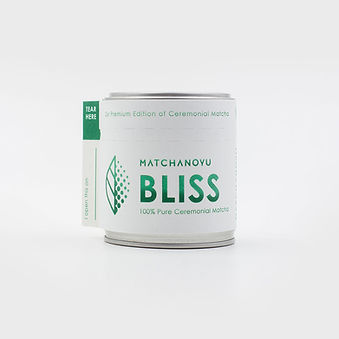We are a BKK-based health and lifestyle matcha company.
our story
MATCHANOYU derived from Matcha and Chanoyu (Japanese tea ceremony). We offer 100% pure ceremonial grade matcha imported from Japan. As our name suggests, our matcha selections are the top-tier ceremonial quality, traditionally used in Japanese tea ceremony, delicately stone ground and safely packaged under the Food and Safety standard.
our matcha range

the essence of matchanoyu

Highest Quality Ceremonial
Matcha Powder

Vibrant Green

Umami Taste

Fine Texture
what is matcha?
How is matcha different from green tea?
While both matcha and green tea come from the same tea plant Camellia Sinensis, there are differences in their making, taste and nutrition profiles.
The Taste
Matcha has a naturally sweet and smooth flavour with a hint of earthy tone, due to the amino acid theanine. Green tea tends to taste more flat, astringent, sometimes bitter.
The Making Process
Differences between matcha and green tea start from cultivation processes. In matcha, the plants are covered in shade 30 days prior to harvest, thereby increasing production of chlorophyll and amino acids. The matcha leaves, which come from the youngest flush, are then hand-picked, steamed, dried and stone-ground into fine powder. During this delicate process, matcha is ground using traditional slow-turning wheel to minimize heat and retain its nutrients, chlorophyll, making it vibrant green colour. Unlike matcha, green tea is not shaded grown, left in the sun upon harvest and shred ready as loose leaf or for tea bags.
The Nutrition Profile
Naturally, matcha is more nutritious than green tea with higher contents of amino acids and antioxidants. Matcha is made of 100% ground leaves so when you drink a matcha, you are actually consuming the whole leaves. On the other hand, when you drink a green tea, you are drinking a steeped water infused with the tea leaves. Due to matcha’s high antioxidants content, studies have consistently shown that drinking a cup of matcha is equivalent to drinking up to 10 cups of green tea.
How is ceremonial grade matcha different from culinary grade matcha?
The main reasons behind their distinctions lie in cultivation and grinding process. Longer period of shaded grow results in higher chlorophyll, antioxidants and amino acids contents in ceremonial matcha. Chlorophyll provides the green texture, while amino acids (L-theanine) gives savoury sweetness flavour (umami).
Fragrance
Due to better grinding process, ceremonial matcha has a more natural, fresher and richer aroma profiles than culinary matcha.
Colour & Texture
The most distinct difference between ceremonial and culinary grade matcha is the colour. Highest grade matcha has the most vibrant green colour while lower grade matcha has more yellowish green colour. This is the result of higher chlorophyll contents and less heat exposure during grinding. Ceremonial matcha is delicately ground in smaller batch while culinary matcha is industrially ground in large bulk. Due to the nature of more delicate grinding, ceremonial matcha is a fine powder of velvety green texture while culinary matcha is a rather lumpy of yellowish green texture.
Flavour
Highest quality matcha is sufficiently shaded grown and made from the youngest flush of the spring harvest. Delicate grinding process also ensures ceremonial matcha has more natural sweet and smooth flavours – more savoury (umami) taste. Meanwhile, culinary matcha has less umami flavours and much more bitter taste. Therefore, ceremonial matcha is suitable for drinking, while culinary matcha is used for cooking, baking and blends.
Much like wine, you wouldn’t make a pasta sauce with an expensive bottle of wine – and you wouldn’t want to cook with ceremonial grade matcha!







